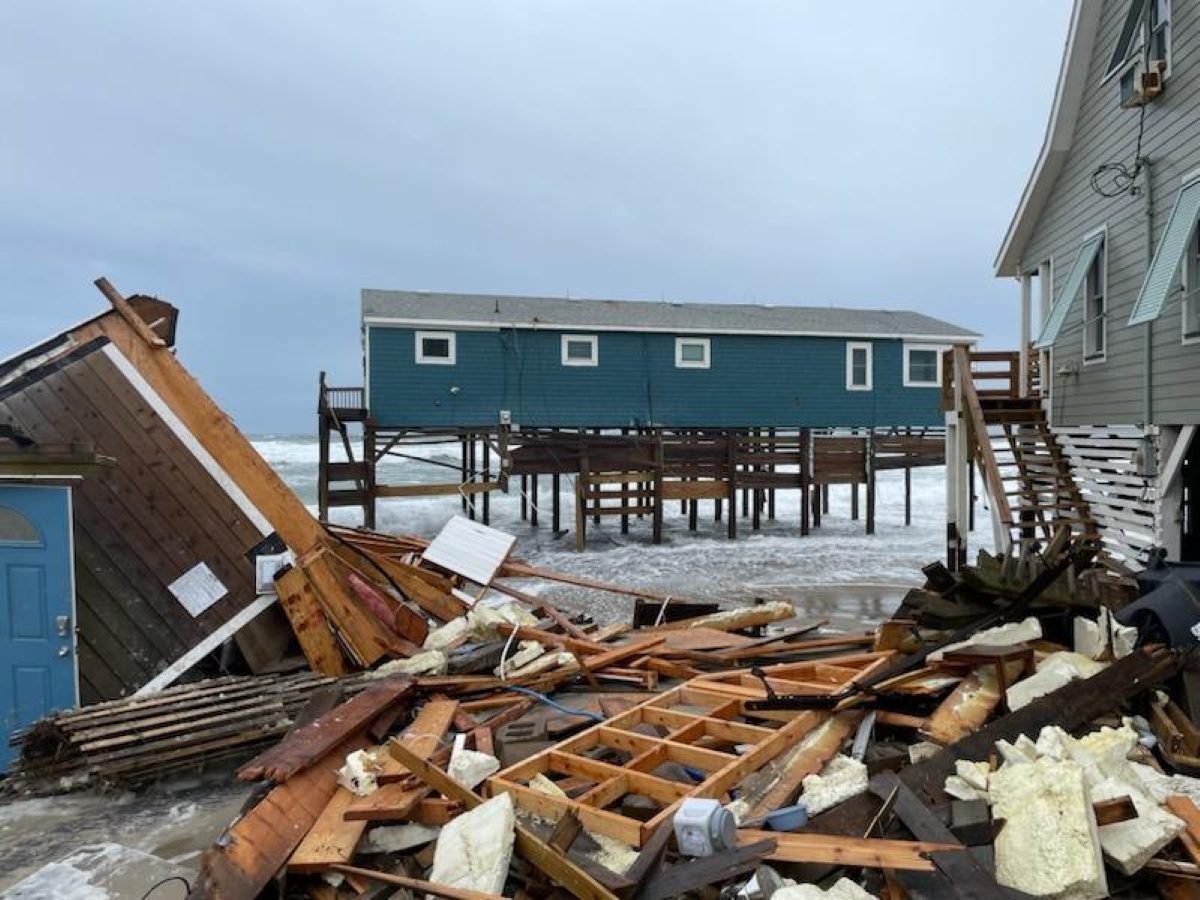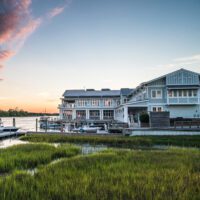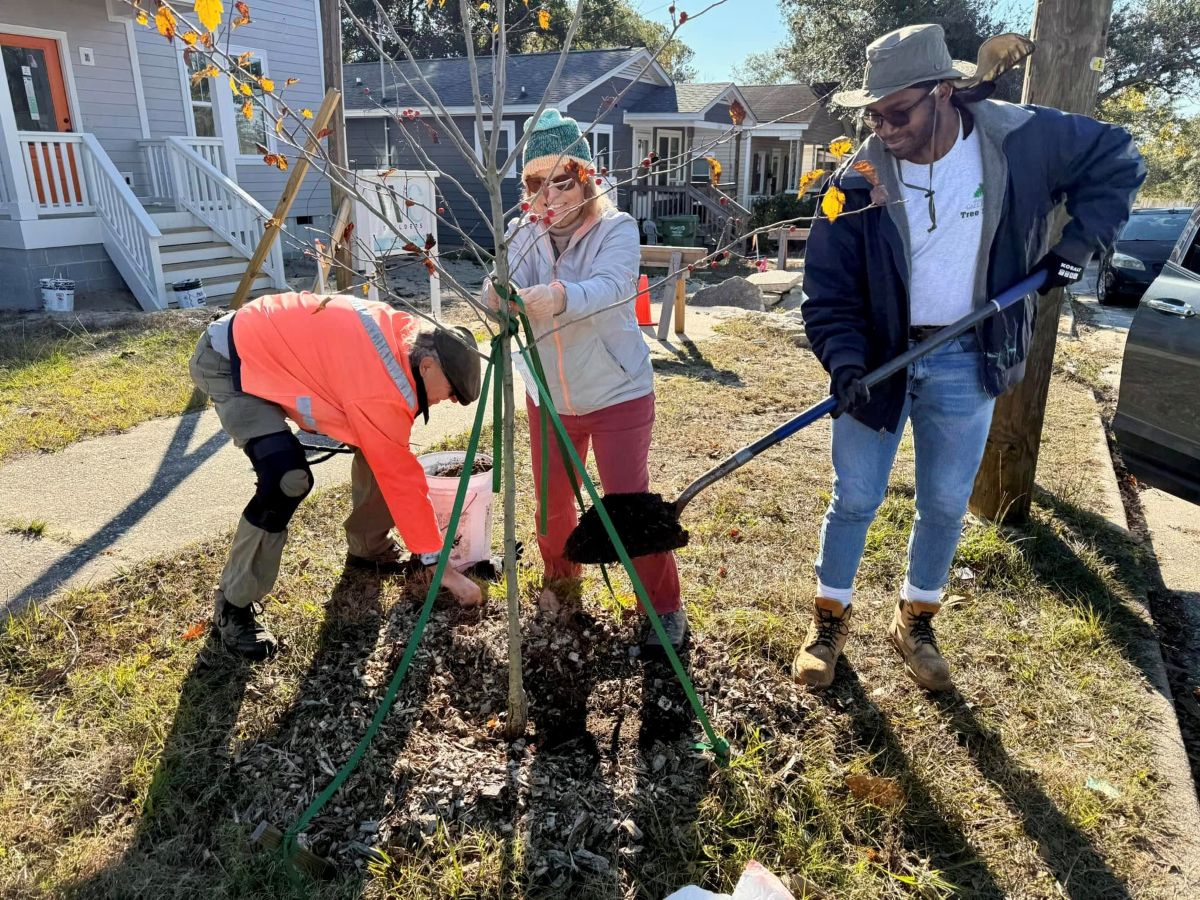
Guest Commentary
To stimulate discussion and debate, Coastal Review welcomes differing viewpoints on topical coastal issues.
The Outer Banks is known for its beautiful coastline and rich ecosystems, drawing millions of visitors each year. Millions of dollars in tax and business revenue are collected as a result. Unfortunately, beach erosion poses a significant challenge to homeowners, business owners and vacationers along the barrier islands, particularly those in Rodanthe. Last year, the community lost seven oceanfront homes, a record high and an indicator of a worsening problem.
Supporter Spotlight
Beach erosion, which has occurred for millions of years, is the defined result of changing sea levels, currents, wind patterns, and severe weather events. In fact, the Outer Banks would not exist if not for this natural process. However, erosion is consuming as much as 15 feet of shoreline each year along the Cape Hatteras National Seashore.

To preserve structures in place, federal, state, and local governments have launched coordinated responses, investing heavily in beach nourishment, inlet relocation, and terminal groin projects in a race against the sea. To put the severity of this issue into perspective, a 2020 review by the North Carolina Department of Environmental Quality’s (NC DEQ) Division of Coastal Management found that nearly 9,000 oceanfront structures are at risk.
Despite the growing problem, many property owners are forced to wait until their home collapses before they can file a claim through the National Flood Insurance Program (NFIP). Shoreline erosion damages are excluded from standard homeowners’ insurance, and the NFIP only covers flood-related damages, creating confusion and prohibiting proactive planning.
That is why I introduced the Preventing Environmental Hazards Act, a commonsense bill to address the unfortunate reality of beach erosion coastal homeowners face. The bipartisan legislation would authorize NFIP compensation for structures condemned due to chronic erosion or unusual flooding and allow advance payouts for demolition or relocation of up to 40% of the home’s value, capped at $250,000 – the same terms as current NFIP policy. The purpose here is to use the money to remove the structure before it collapses, rather than wait until it creates an environmental disaster.
As erosion continues to accelerate, thousands of homes across the Outer Banks are at severe risk of being swept away by the sea. Additionally, when a home collapses, debris can spread up to fifteen miles along the coast, contaminating groundwater through failing septic systems, harming aquatic species, shorebirds, and their habitats, posing safety risks to beach visitors, and creating other serious environmental hazards. Our coastal communities cannot afford a delay any longer for proactive solutions to address these challenges.
Supporter Spotlight
Since coming to Congress, I have worked tirelessly to address the challenges created by our shifting shoreline, meeting regularly with local officials, representatives from NC DEQ, and the National Park Service. It is a privilege and a top priority of mine to secure federal funding to help cover the cost of projects to protect our beach communities. However, mitigation programs intended to protect threatened homes are often slow, suboptimal, and difficult to access. Advance NFIP payouts will empower homeowners by providing flexibility to prepare for or recover from natural disasters while at the same time mitigating risks to beachgoers and mariners.
Opinions expressed by the authors are not necessarily those of Coastal Review or our publisher, the North Carolina Coastal Federation.







